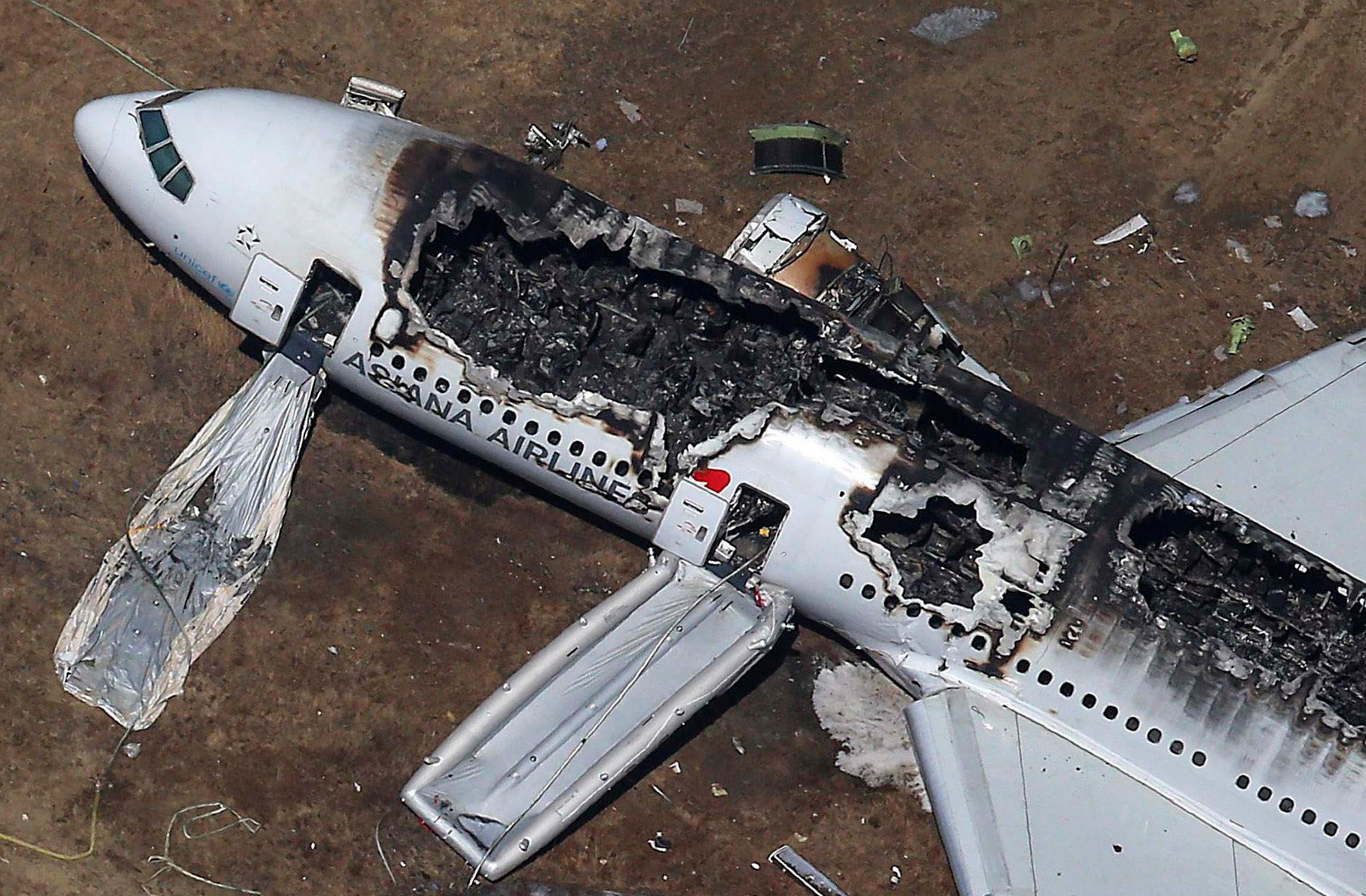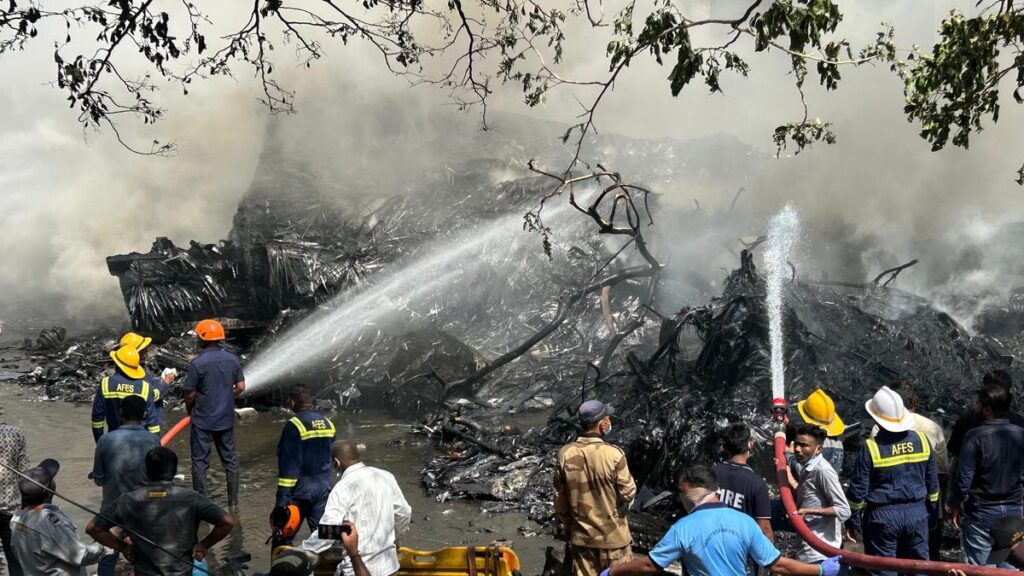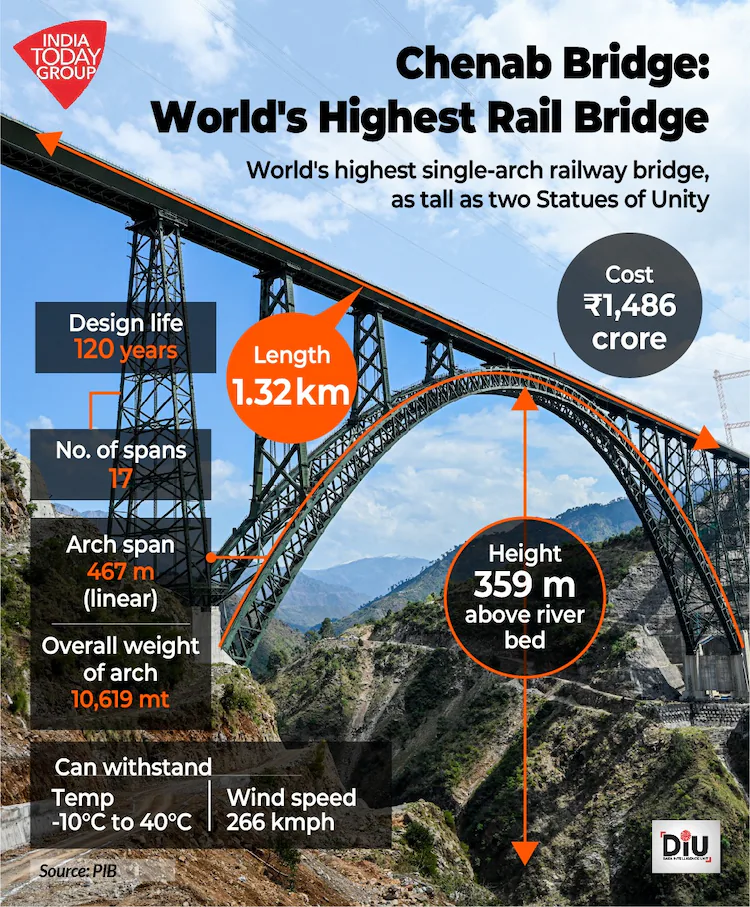The recent Air India Plane crashes after takeoff in Ahmedabad has once again brought the terrifying reality of aviation disasters into focus. While flying remains one of the safest modes of transportation, history has witnessed several catastrophic crashes that have left deep scars.
Was yesterday’s accident the biggest in history? No, but every crash is a heartbreaking reminder of the risks involved in air travel. Let’s take a closer look at some of the deadliest plane crashes in history, their causes, and India’s own tragic aviation incidents.
Image Source: The New Work Times
The Deadliest Plane Crashes in History
1. Tenerife Airport Disaster (1977) – 583 Fatalities
The worst aviation accident in history occurred when two Boeing 747s—KLM and Pan Am—collided on the runway in Tenerife, Spain. Poor visibility and miscommunication led to this horrific crash.
2. Japan Airlines Flight 123 (1985) – 520 Fatalities
A faulty repair caused the vertical stabilizer to detach, leading to a loss of control. Only four passengers survived this tragic crash in Japan.
3. Charkhi Dadri Mid-Air Collision (1996) – 349 Fatalities
One of India’s worst aviation disasters occurred when a Saudi Arabian Airlines Boeing 747 collided with a Kazakhstan Airlines plane over Haryana. The crash was attributed to miscommunication and lack of TCAS (Traffic Collision Avoidance System) awareness.
4. Air India Flight 182 (1985) – 329 Fatalities
A terrorist bomb brought down Air India Flight 182 over the Atlantic Ocean, marking one of the deadliest acts of aviation terrorism.
5. Ethiopian Airlines Flight 302 (2019) – 157 Fatalities
A Boeing 737 MAX malfunction due to faulty MCAS software led to this tragic crash, raising global concerns over aircraft safety.
Major Plane Crashes in India
India has seen several devastating air disasters. Here are the worst ones:
✈ 1996 Charkhi Dadri Collision (349 dead) – Two planes crashed mid-air due to miscommunication.
✈ Air India Express 812 (2010, 158 dead) – Overshot Mangalore’s runway in heavy rain.
✈ Indian Airlines 113 (1990, 92 dead) – Crashed in Bangalore due to poor visibility.
Lessons Learned: Stricter safety rules, better pilot training, and advanced tech (like TCAS) have since reduced risks.
What is a Black Box?
The black box (actually orange for visibility) is a flight recorder that stores crucial data like cockpit conversations and flight parameters. It is vital for crash investigations, helping experts determine the cause of accidents.
When a plane crashes, investigators rush to find the black box—a critical device that holds clues to the tragedy. Despite its name, it’s bright orange for easy visibility.
What Does It Record?
Cockpit Voice Recorder (CVR): Captures pilots’ conversations and cockpit sounds.
Flight Data Recorder (FDR): Tracks speed, altitude, engine performance, and more.
Why Is It Important?
The black box helps determine why a crash happened, whether due to human error, mechanical failure, or external factors. It’s built to survive extreme heat, pressure, and water.
Did You Know? The black box isn’t indestructible—but it’s the best tool we have to prevent future disasters.
Why Do Plane Crashes Happen?
Air travel is incredibly safe, but accidents still happen. Here are the most common reasons behind plane crashes:
1️⃣ Human Error – Pilots misjudging weather, miscommunication, or fatigue.
2️⃣ Mechanical Failures – Engine malfunctions or faulty aircraft design (like the Boeing 737 MAX issues).
3️⃣ Bad Weather – Storms, fog, or wind shear disrupting flights.
4️⃣ Sabotage/Terrorism – Bombings or hijackings (e.g., Air India Flight 182).
5️⃣ Mid-Air Collisions – Air traffic control mistakes causing crashes.
The Good News? Aviation safety has improved drastically—today, flying is safer than driving!
No, but every crash is a tragedy. Investigations will reveal whether it was due to technical failure, human error, or external factors.
Conclusion: Learning from Tragedy
Aviation safety has improved, but accidents remind us that no system is perfect. The best tribute to victims is ensuring such tragedies never repeat.








